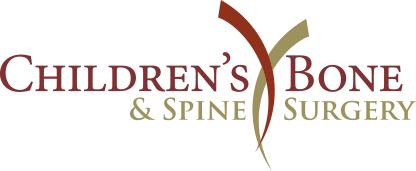Intoeing Gait

What is Intoning?
Intoeing is when the child’s knees and feet to turn inward. This is more commonly called a “pigeon-toed” appearance. Intoning is twice as frequent in girls than boys. Intoeing can be hereditary.
Causes:
The three main causes of intoeing are:
- Femoral anteversion – an inward twisting of the thigh bone, also known as the femur (the bone that is located between the hip and the knee). Typically seen in ages 3-6
- Internal tibial torsion – Inward twisting of the tibia (shinbone) and is the most common cause of intoeing seen at age 1-2 years. Males and females are affected equally, and about two thirds of patients are affected bilaterally
- Metatarsus adductus – also known as metatarsus varus, is a common foot deformity noted at birth that causes the forefoot, to turn inward. Seen in the newborn up to 1 year old.
Signs and Symptoms
Signs and symptoms reported by parents/guardians include:
- Intoeing gait in early childhood
- Child classically sits in the “W” position
- Knee pain associated with tibial torsion
- Awkward running style
- When extreme in an older child, occasional functional
limitations in sports and activities of daily living can occur - Difficulty with tripping during walking or running activities
Treatment
Conservative Observation
- Most cases typically resolve by age 10
- Physical therapy for gait training
- Bracing, inserts and sitting restrictions do not change the natural history
Surgical Intervention
- Surgical intervention is rarely needed
- Typically performed in older children


